Many pet owners often wonder about their furry friends’ diets and whether one can share food between cats and dogs. A common question arises: can cats eat dog treats? While the idea may sound appealing, there are some essential factors to consider about the differences in diet and health needs between these two beloved animals.
Cats and dogs have varying nutritional requirements. Cats are obligate carnivores, meaning they need a diet primarily made of meat. Dog treats, however, are designed for the dietary needs of dogs, which are omnivores and can digest plant matter as part of their nutritional intake. As a result, dog treats may not provide the necessary nutrients that cats need for their overall health.
Potential Risks of Feeding Dog Treats to Cats
While it may be tempting to share a dog treat with your cat, there are several risks involved:
- Lack of Essential Nutrients: Dog treats do not contain taurine, an essential amino acid that cats require for heart and eye health. Without adequate taurine, your cat could develop serious health issues.
- Digestive Upset: Many dog treats contain ingredients that are safe for dogs but could upset a cat’s sensitive stomach. Ingredients like certain grains or flavorings might not sit well with your cat.
- Allergic Reactions: If the dog treats contain ingredients that your cat is allergic to, it could lead to skin issues, gastrointestinal distress, or more severe allergic reactions.
- Additives and Preservatives: Dog treats often include preservatives and artificial additives that may not be suitable for cats. Some of these components can lead to long-term health issues in felines.
Benefits of Cat-Specific Treats
Instead of dog treats, consider giving your cat treats specifically formulated for cats. These treats provide several benefits:
- Nutritional Needs: Cat treats are designed to fulfill the specific nutritional needs of cats, ensuring they receive the essential vitamins and minerals.
- Flavor Preferences: Cats often prefer flavors that resonate with their carnivorous diet, such as chicken, fish, or turkey. Cat treats reflect these preferences, making them more enticing than dog treats.
- Dental Health: Many cat treats are formulated to promote dental health. They can help reduce plaque build-up and support overall oral hygiene.
What to Do If You’ve Already Given Your Cat Dog Treats
If your cat has recently eaten a dog treat, observe them closely for any signs of discomfort or allergic reactions. Some potential symptoms to watch for include:
- Vomiting or diarrhea
- Lethargy
- Scratching or skin irritation
If your cat displays any concerning symptoms, consult your veterinarian immediately even if you’ve only given them a small amount of a dog treat. It’s better to err on the side of caution when it comes to your pet’s health.
Are There Exceptions?
In some rare cases, cats may be able to eat certain types of dog treats without experiencing negative effects. However, it’s essential to remember:
- Not all dog treats are created equal. Some may be made from whole ingredients that could be tolerable for your cat.
- Even if your cat enjoys the taste, regular feeding of dog treats is not advisable.
The general consensus among veterinarians is to avoid giving your cats dog treats. Instead, opt for cat treats that cater to their nutritional needs. For more information on pet nutrition and safe treats, you can visit ASPCA or Cornell University College of Veterinary Medicine.
Taking care of your cat’s diet is crucial for their health and well-being. Stick to treats formulated for your feline friend, providing them with the love and care they deserve!
Nutritional Needs of Cats vs. Dogs: What You Should Know
When it comes to caring for your furry friends, understanding their dietary needs is crucial. While both cats and dogs are beloved pets, their nutritional requirements are quite different. It’s important to know what makes each of these animals thrive so that you can provide them with the best care possible.
Nutritional Requirements
Cats are obligate carnivores, meaning they require a diet primarily composed of meat to thrive. Dogs, on the other hand, are omnivores and can digest a broader range of foods. This fundamental difference shapes their nutritional needs:
- Protein: Cats need a higher protein intake than dogs. A typical cat diet should consist of around 30-50% protein, while dogs can thrive on a diet with about 18-25% protein.
- Fat: Cats also require more fat in their diet for energy. Generally, cats need around 20-30% of their diet to come from fat, whereas dogs usually need only 10-15%.
- Carbohydrates: Dogs can digest carbohydrates better than cats. Cat diets should have minimal carbohydrates, typically around 5-10%, whereas dogs can handle more, about 30-50% of their overall diet.
Essential Nutrients
Both cats and dogs require essential nutrients, but the specific needs differ significantly:
| Nutrient | Cats | Dogs |
|---|---|---|
| Amino Acids | Need taurine | No specific amino acids required |
| Fatty Acids | Arachidonic acid | Can convert linoleic acid |
| Vitamins | Need vitamin A from animal sources | Can convert beta-carotene |
| Minerals | Higher calcium and phosphorus requirements | Balanced requirements for growth and maintenance |
Common Dietary Sources
Feeding your pets the right foods helps ensure their health and longevity. Here are common dietary sources for both:
- Cats: High-quality commercial cat food, raw or cooked meats, fish, and some specific vegetables (like peas). Avoid animal byproducts and fillers.
- Dogs: Commercial dog food, grains (such as rice or oats), vegetables (like carrots or sweet potatoes), and lean meats. Look for balanced diets formulated for different life stages.
Health Considerations
Over time, feeding your pets inappropriate diets can lead to serious health issues. For example:
- Cats fed dog food over an extended period can develop taurine deficiency, leading to heart issues.
- Dogs consuming high-protein cat food may face obesity and other related problems due to the excess fat in the food.
Another important aspect is hydrating your creatures. Cats can be prone to urinary tract disorders if they do not drink enough water. Including wet cat food in their diet can help increase fluid intake. For dogs, fresh and clean water should always be available to keep them hydrated.
Commercial Food vs. Homemade
Whether you choose commercial diets or homemade meals for your pets, it is essential to consult a veterinarian to ensure that meals are balanced. Commercial food is generally formulated to meet the dietary needs of cats and dogs efficiently. However, if you opt for homemade food, ensure you include the right balance of nutrients.
For more information on pet nutrition, you can visit ASPCA Pet Insurance or PetMD, which provide insightful guidelines on feeding your furry friends.
Understanding and catering to the nutritional needs of your cats and dogs can significantly impact their health and happiness. By being mindful of their dietary requirements, you are ensuring that they lead healthier, longer, and more fulfilling lives.
Safe Treat Options: Best Practices for Feeding Cats and Dogs
When it comes to our beloved pets, choosing the right treats is essential for their health and happiness. While it may seem harmless to share snacks between cats and dogs, understanding the differences in their dietary needs can prevent health issues. Here is what you need to know about safe treat options for both cats and dogs.
Understanding Pet Dietary Needs
Cats and dogs have very different nutritional requirements. Cats are obligate carnivores, meaning they need a meat-based diet to thrive. Dogs, on the other hand, are omnivores, allowing them to consume a variety of foods, including both animal and plant-based sources. This fundamental difference in diet means not all treats suitable for dogs will be safe for cats.
Can Cats Eat Dog Treats?
The short answer is: it depends. While occasional small amounts of dog treats might not harm a cat, regularly feeding them dog treats is not advisable. Most dog treats are formulated with ingredients that cats may not digest well, and some may even be harmful. For example:
- High Carbohydrate Content: Dog treats can contain high levels of carbohydrates that cats don’t need.
- Lack of Essential Nutrients: Essential nutrients like taurine, arachidonic acid, and certain vitamins are crucial for cats and often missing in dog treats.
- Potential Additives: Many dog treats contain additives and preservatives that could upset a cat’s stomach.
Safe Treat Options for Cats
When selecting treats for your cat, opt for treats formulated specifically for felines. Here are some healthy options:
- Single Protein Treats: Look for freeze-dried meats like chicken or fish.
- Catnip Treats: Products infused with catnip can be exciting and safe.
- Dental Treats: Specially designed dental chews can help with oral health.
Always read the ingredients to avoid any allergens and ensure the treats are from reputable brands. Check out American Humane for more tips on healthy cat snacks.
Safe Treat Options for Dogs
Similarly, dogs have their own range of treats that cater to their needs. When choosing treats for your dog, consider these options:
- Natural Chews: Rawhide, bully sticks, or dental chews made of natural ingredients.
- Fruits and Vegetables: Small amounts of apples, carrots, or sweet potatoes make great snacks.
- Homemade Treats: Consider baking treats with dog-friendly ingredients.
For more guidelines on dog treat selection, visit American Kennel Club (AKC).
Tips for Treating Cats and Dogs Together
If you have both a cat and a dog in your home, keeping their treats separate is essential. Here are some tips to ensure both pets stay safe:
- Storage: Store treats for each pet in separate containers, clearly labeled.
- Observation: Always supervise treat time, especially if both pets are present.
- Educate Yourself: Understand which treats are safe for each animal to avoid accidents.
- Balanced Diet: Treats should not replace a balanced meal; keep treat servings to a minimum.
What to Do if Your Cat Eats Dog Treats
If your cat accidentally eats a dog treat, monitor them for any unusual behavior or signs of discomfort. While it may not cause immediate harm, if symptoms like vomiting, lethargy, or diarrhea occur, consult your veterinarian immediately.
While an occasional dog treat might not be harmful to a cat, it’s best to stick to treats formulated for their specific dietary needs. Offering appropriate treats will not only keep your pets healthy but also ensure their happiness. For more information on pet health, visit Cornell University College of Veterinary Medicine.
The Impact of Treats on Your Cat’s Health and Behavior
When considering your cat’s overall health and behavior, the impact of treats often plays a significant role. Treats can serve various purposes, from rewarding good behavior to providing a special bonding moment between you and your furry friend. However, the type and amount of treats you give can affect their health in the long run.
One of the first factors to consider is the nutritional value of cat treats. Not all treats are created equal. Here are some common types of treats you might offer, along with their potential benefits and drawbacks:
| Type of Treat | Benefits | Drawbacks |
|---|---|---|
| Commercial Cat Treats | Convenient, Variety of flavors, Often fortified with vitamins | Can be high in calories, May contain artificial additives, May not cater to specific dietary needs |
| Homemade Treats | Control over ingredients, Healthier options, Tailored to cat’s preference | Time-consuming to prepare, Some ingredients might be harmful if not researched |
| Raw Meat or Fish | High protein, Natural and appealing to cats | Risk of bacterial infection, Need to ensure balance in diet |
Choosing the right treats for your cat can delight them but also poses potential health risks. Overindulgence in treats can lead to obesity and other lifestyle-related diseases. Cats are naturally curious and may become overly excited about treats, leading to begging or disruptive behavior. This behavior can be problematic if treats are given too frequently or during inappropriate times.
Another significant point to consider is dental health. Some treats are designed to help clean cats’ teeth, reducing plaque and tartar build-up. However, not all treats offer this benefit. It’s crucial to read labels and choose treats that promote good dental health if that is a priority for your pet.
Moreover, treats can be an excellent tool for reinforcing behavior. If you want to train your cat to learn new tricks or improve their litter box habits, using treats as positive reinforcement can be highly effective. The key is moderation; a few treats can encourage good behavior, while too many can contradict your goals.
It’s also essential to monitor your cat’s overall health in relation to the types of treats you provide. Pay attention to their weight, energy levels, and even their coat condition. These can be indicators of whether their diet is well-balanced. If you notice any sudden changes in your cat’s behavior or health, consider consulting a veterinarian for guidance.
consider how treats fit into your cat’s complete diet. Treats should complement a balanced diet of quality cat food, not replace it. Vets generally recommend that treats should constitute no more than 10% of your cat’s daily caloric intake. Always follow the guidelines provided for commercial treats, and if you’re preparing homemade varieties, consult with a veterinarian for safe ingredients.
To summarize, treats can significantly influence your cat’s health and behavior. The right types of treats, given in moderation, can enhance your cat’s happiness and well-being. Just make sure to pick healthy options, establish boundaries, and keep an eye on their overall condition to ensure a balanced lifestyle.
For more tips and advice on choosing the best treats for your kitty, visit Cat Food Database or check out ASPCA for dog and cat care tips.
Transitioning Pets to New Treats: Tips for Pet Owners
Transitioning your pets to new treats can be a bit of a challenge, but with the right approach, it can also be an enjoyable experience for both you and your furry friends. Many pet owners find themselves asking, “How do I make this change without causing any digestive upset?” Here’s a guide to help you smoothly transition your pets to new treats.
Understand Your Pet’s Preferences
Before introducing any new treats, it’s vital to understand your pet’s preferences. This includes knowing their taste likes and dislikes and any specific dietary restrictions. Consulting your veterinarian can provide insights on which ingredients are beneficial or harmful. You want treats that not only excite your pet but also contribute to their health.
Choose Quality Treats
Selecting high-quality treats made from wholesome ingredients is crucial. Look for treats that offer nutritional benefits rather than empty calories. Ideal treat choices include:
- Natural ingredients
- Grain-free options if your pet is sensitive
- Protein-rich and low-calorie varieties for those on a diet
Make sure to read labels carefully. Look for brands that are well-reviewed and have transparent ingredient listings, like those found on [TreeHousePaws](https://www.treehousepaws.com) or [PetCo](https://www.petco.com).
Gradual Introduction is Key
When transitioning your pet to new treats, a gradual introduction is crucial. This method helps minimize gastrointestinal disturbances. Here’s how you can do it:
- Start with a mix: Incorporate a small amount of the new treat with their old favorite.
- Increase proportion gradually: Over a week, increase the new treat’s ratio while decreasing the old one.
- Monitor reactions: Keep an eye on how your pet responds to the new treats. Look for any signs of allergies or digestive issues.
This slow transition helps your pet adjust to the new flavors and also allows you to ensure they are not having any adverse reactions.
Make Treat Time Special
Use treat time as an opportunity to bond with your pet. Engage in these practices:
- Positive Reinforcement: Always associate treats with positive experiences – like training and playtime.
- Interactive Treats: Consider using puzzle treats that challenge your pets mentally as they work for their reward.
- Regular Schedules: Consistency in when you give treats helps them to look forward to it.
This not only makes treat time enjoyable but also enhances their overall experience.
Adjust Quantity for New Treats
During the transition, monitor the quantity of treats provided. It’s easy to overindulge pets if they seem to love the new treats. Keep in mind the following:
| Pet Weight | Daily Treat Limit (Based on 10% of Daily Caloric Needs) |
|---|---|
| 5 lbs | 50 calories |
| 10 lbs | 100 calories |
| 20 lbs | 200 calories |
| 40 lbs | 400 calories |
This table can guide you while ensuring you don’t exceed their caloric needs, helping maintain a healthy weight.
Seek Advice from Professionals
If you have concerns during the transition, never hesitate to consult your veterinarian. They can provide tailored advice for your pet’s specific needs. Whether it’s allergies or other dietary concerns, their expertise will help guide you through the process.
Observe Behavioral Changes
As you make the change, pay attention to behavioral shifts. If your pet seems hesitant about the new treats or shows signs of discomfort, it might be time to reconsider your choices. Each pet is unique, and their preferences can vary widely.
Transitioning to new treats doesn’t have to be a daunting task. By following these steps, you can help ensure that your pet enjoys their new options and maintains a healthy lifestyle. Remember, every pet is different, so take your time and make adjustments as necessary based on their response.
For further resources and pet care tips, visit The Bark and American Kennel Club.
Conclusion
Feeding your cat dog treats may seem like a harmless addition to their diet, but it’s important to weigh the associated risks and benefits. Cats and dogs have different nutritional needs due to their unique biology. Cats are obligate carnivores, requiring specific nutrients such as taurine that are often lacking in dog treats. Therefore, consistently offering these treats can lead to nutritional deficiencies and health issues over time.
When considering safe treat options, it’s crucial to choose products specifically formulated for cats. This ensures that your feline friend receives the proper nutrition they need without the added risks. Always check the ingredient list and avoid treats high in carbs or artificial additives.
Additionally, it’s clear that the types of treats you give can significantly impact your cat’s health and behavior. Treats can serve as a great way to strengthen the bond between you and your pet. However, moderation is key to prevent obesity and other health problems. Treats should make up only a small part of your cat’s overall diet.
If you’re considering transitioning your pets to new treats, take it slow. Introduce new offerings gradually to monitor for any adverse reactions. Observe how your cat responds to different treats, both in terms of preference and health.
With thoughtful consideration and proper choices, you can enhance your cat’s snacking experience while keeping their well-being at the forefront. Remember, the best approach is to tailor treats specifically for your cat, ensuring they enjoy safe and nutritious options that support their health and happiness.

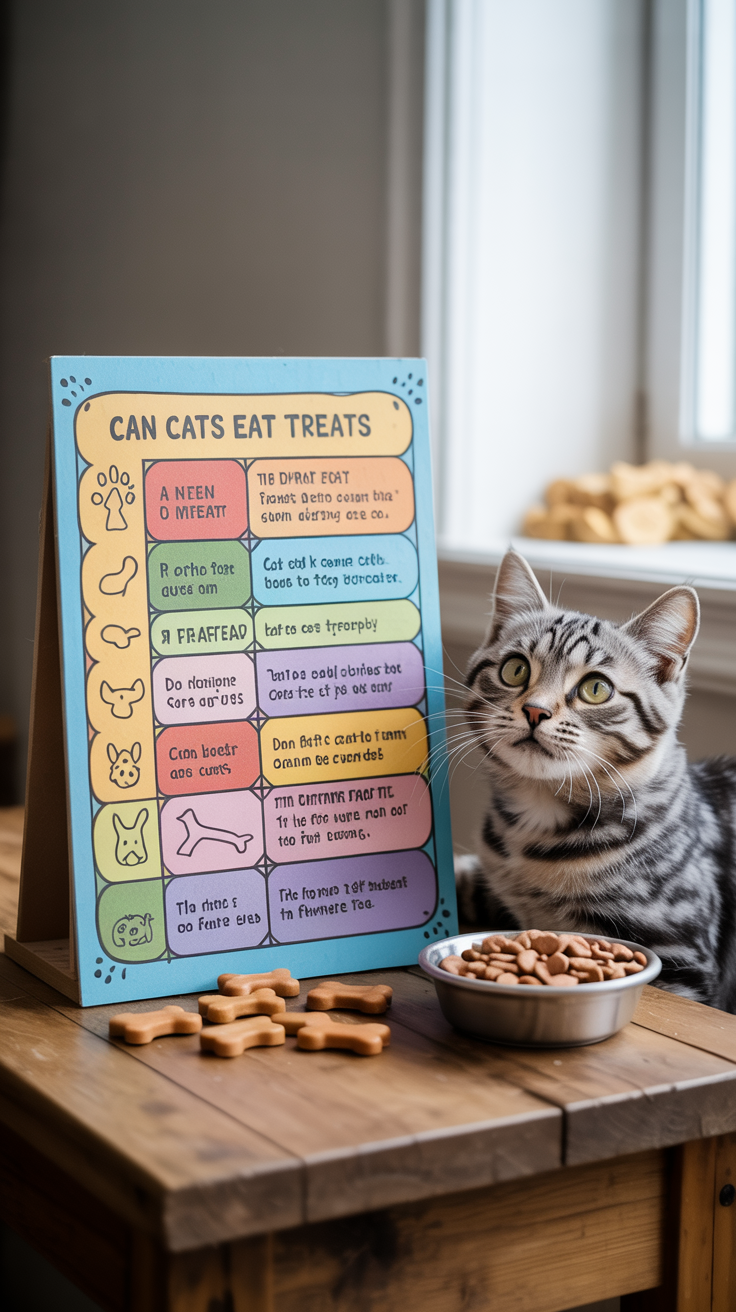


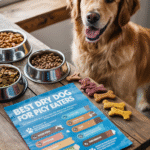
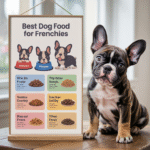


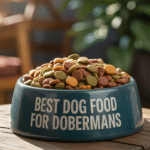


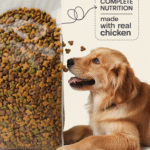


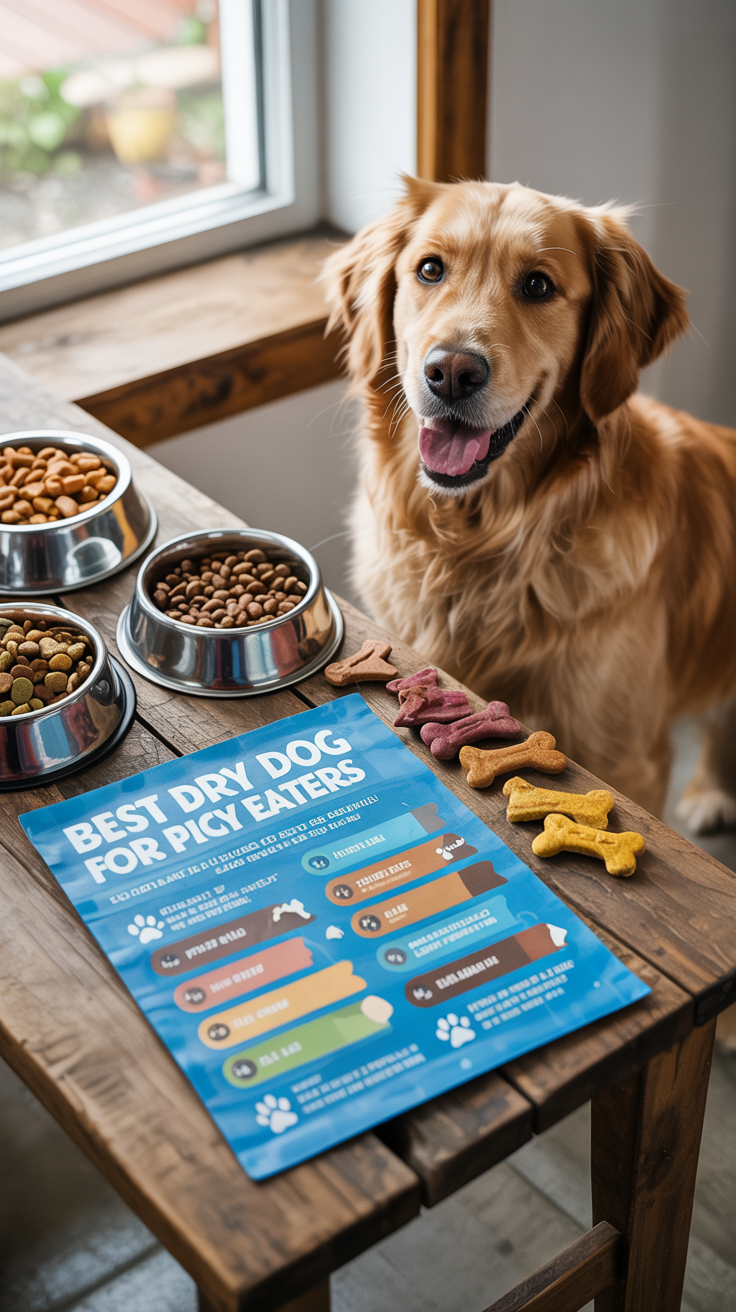
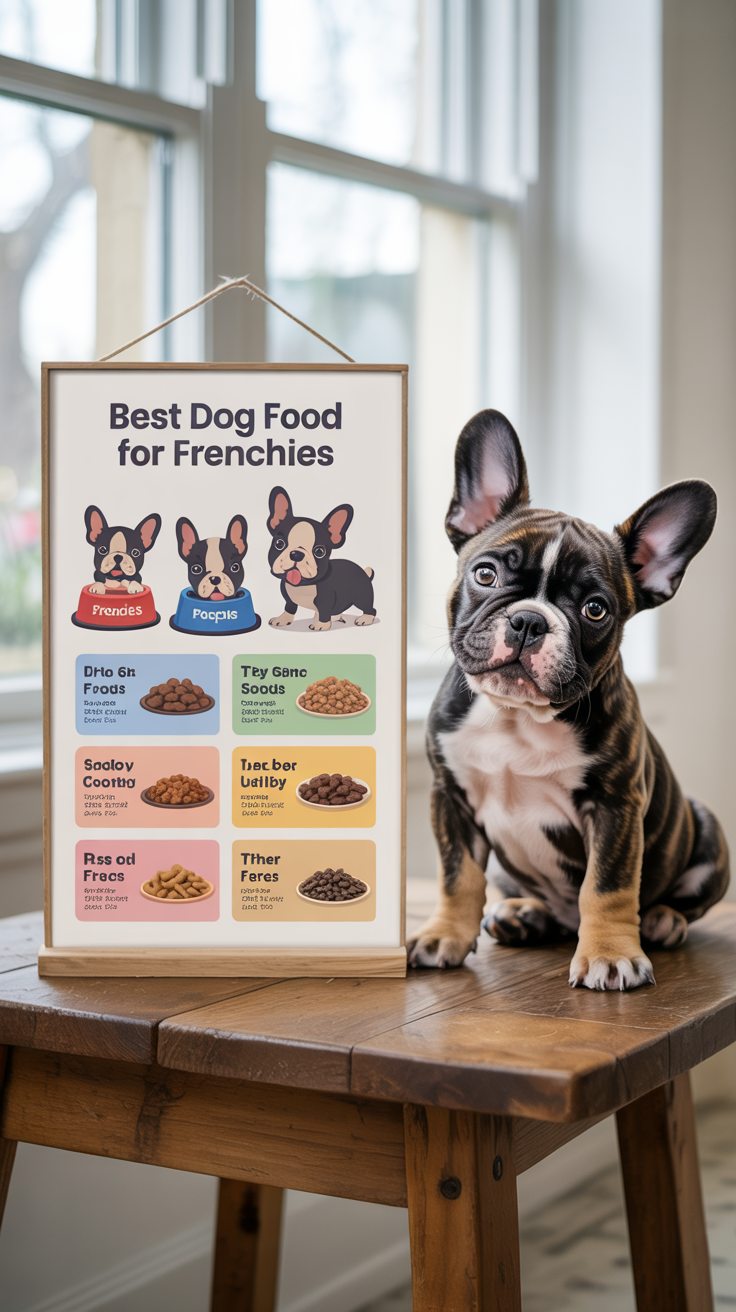
Leave a Reply